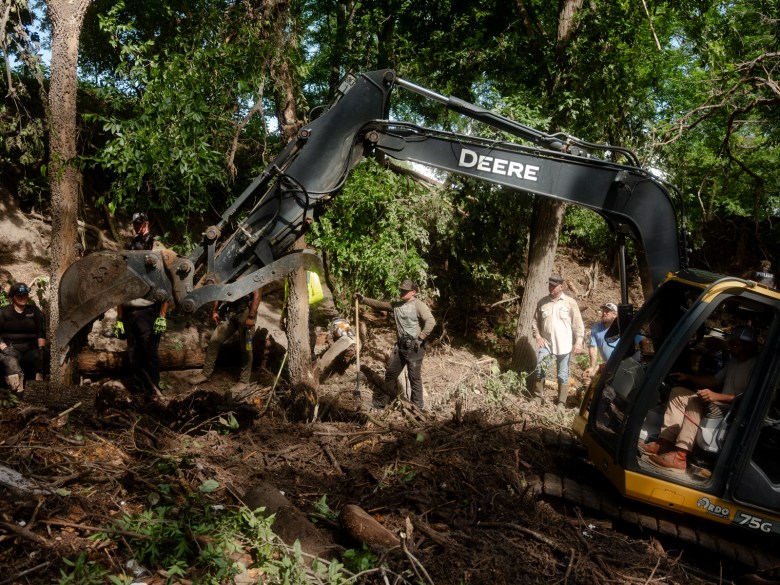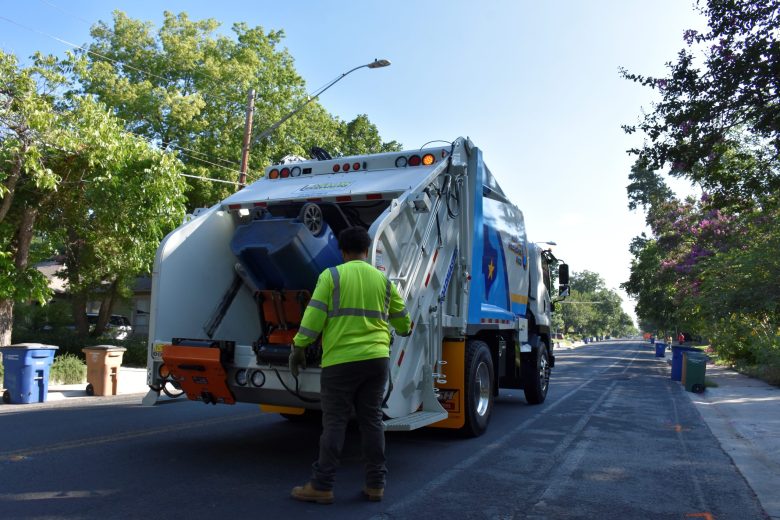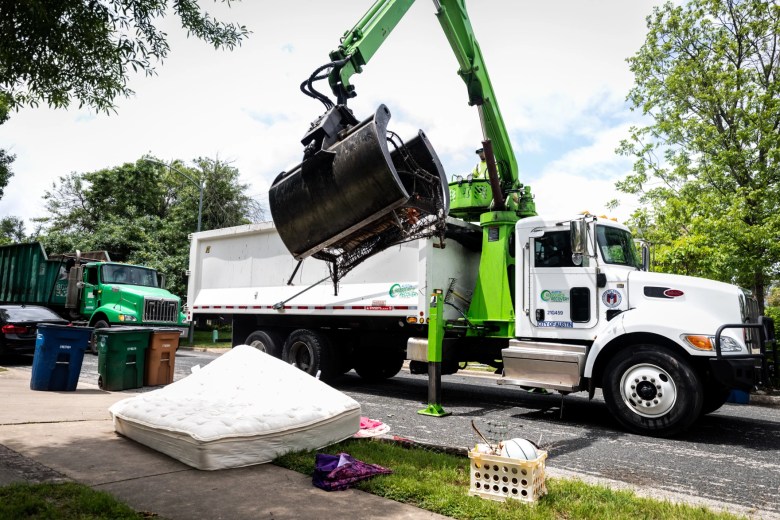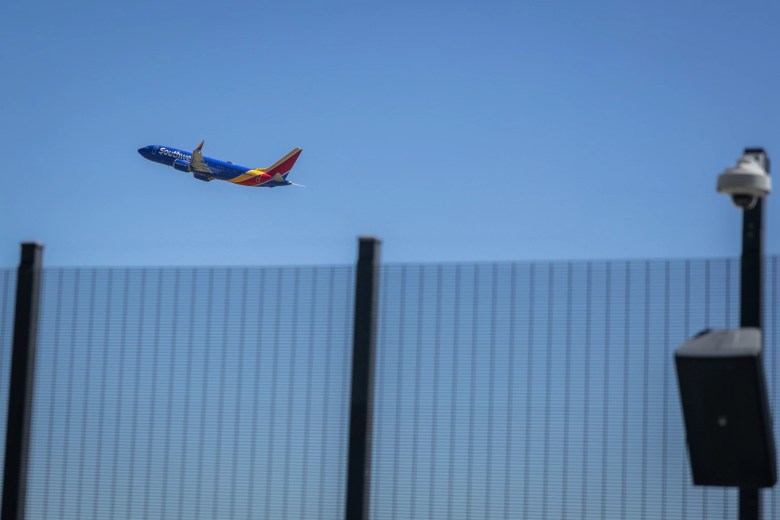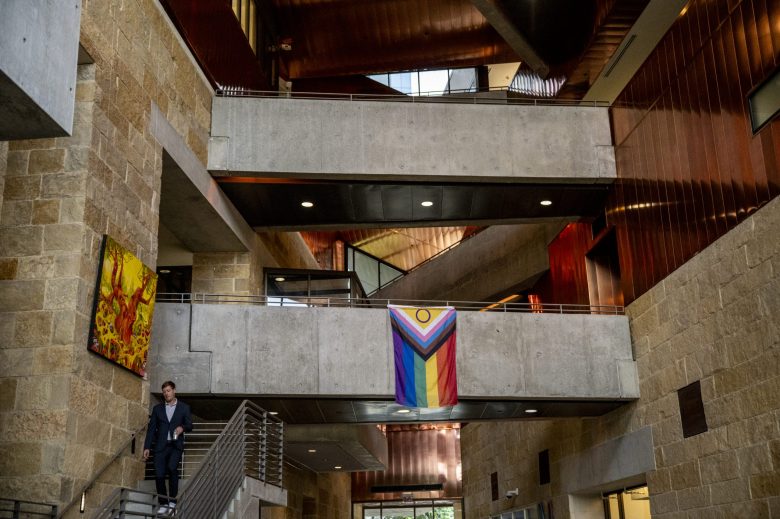Travis County has been organizing recovery activities at Round Mountain Baptist Church since the July flood disaster. However, flood survivors who are in need of financial aid may be running out of time as the summer draws to a close. Some residents affected by the floods would be excused from property taxes, but the county may shortly propose hiking them once to help with that relief.
The Transportation and Natural Resources Department (TNR) of the county briefed county commissioners on Tuesday’s meeting on the progress made thus far and what they can anticipate in the near future. At Cow and Sandy Creek, where Travis County was affected by the July flooding, TNR workers are erecting low water crossing markers. This week, the county will receive a temporary bridge that will allow traffic to traverse Sandy Creek. Cynthia McDonald of TNR stated that Cottonwood Trail should be fully restored by September 1.
The county needs authorization to access private land, which is where many of the sites that need maintenance help are located. For instance, Sunset Ranch has granted permission to install a temporary 70-foot steel bridge across the low water crossing. This will allow us to move all types of vehicles, heavy machinery, passengers, and anything else across that road in the event of another catastrophic rainstorm that jeopardizes the low water crossing while the Big Sandy Bridge is being repaired, explained Chuck Brotherton, the County Executive for Emergency Services.
About 107,000 yards of debris have been cleared by the county thus far from the private land and right-of-way surrounding Sandy Creek. Regarding debris collection, there is some jurisdictional misunderstanding, though: A portion of the private land on the water’s edge juts out into the water, such as a loose dock where Sandy Creek empties into Lake Travis. Commissioner Ann Howard stated, “We’re in a quagmire as to who is going to pick up dangerous things like that,” because the Lower Colorado River Authority (LCRA), which is in charge of Lake Travis, has declined to pick it up. According to the staff, they will request that the Texas Division of Emergency Management request that LCRA take care of it.
Those whose houses were devastated and are currently navigating a maze of insurance claims are on the opposite side of the flood recovery. According to Travis County floodplain manager Sean Snyder, the county is working with Austin Disaster Relief Network, Samaritan’s Purse, and other humanitarian organizations to coordinate assistance with that process at Round Mountain Baptist Church in an effort to spread the word. Since I believe that people are beginning to receive responses from registering with FEMA for individual aid, I believe that we are beginning to see a greater uptick. However, there are still not many individuals visiting and interacting with us.
Commissioners stated that they have received grievances from people of the community over the difficulty in obtaining FEMA assistance, with the primary obstacle being the requirement that they already have flood insurance in order to be eligible for relief. Although some policies, such the preferred risk policy, have lower rates, county employees claimed that they are challenging to understand. They advised individuals to visit floodsmart.gov to find insurance brokers who can assist them in selecting a coverage.
However, residents coping with the flood’s aftermath are already overwhelmed by the amount of work they have on their plates. One Sandy Creek resident told the Austin American-Statesman that she needs someone on the ground to talk to because there is too much going on to look at a.gov website.
Howard asked the church to provide more on-site assistance for insurance claims, saying it’s simply too much for people. The scenario varies from property to property; the flood plain shifts, the elevation changes, and the topography changes. Therefore, I would advise staff to think about how we could supply computers so people can go online, complete these forms, and then seek assistance when they run into difficulties.
Brotherton stated that in order to offer technology at the church, they will collaborate with the county and request staffing from ADRN and other volunteer organizations. The Round Mountain Baptist Church has been receiving financial aid from Samaritans Purse, but they have until August 24 to complete the project. Those affected by the storm have begun receiving direct cash payouts of $2,400 through another website, txfloods.aidkit.org/apply. Additionally, on August 23, the county requested that DPS help people with their documents at the church.
Given that the FEMA deadline is approaching on September 4, this assistance is vital.
Brotherton said, “Please, please, please.” Residents of Travis County who were affected by the zip codes 78641 and 78611, please apply if you were affected. Whether you received assistance or not, other agencies that are trying to help you will frequently inquire if you applied for FEMA.
In Northwest Travis County neighborhoods hit by flooding, curbside flood debris pickup service will end on Sunday, August 24, 2025.
Community donations enable the work of the Austin Monitors. Even though we occasionally publish on funders, we take pains to ensure transparency by keeping editorial and business activities apart. Our code of ethics is described here, and a full list of donors can be seen here.
You’re a community leader
And we are thrilled that you trust us with important, in-depth news. You are aware that local and committed watchdog reporting is essential to a healthy community. We will always be here to support you. Will you now support our nonprofit news organization and take the bold next step?
